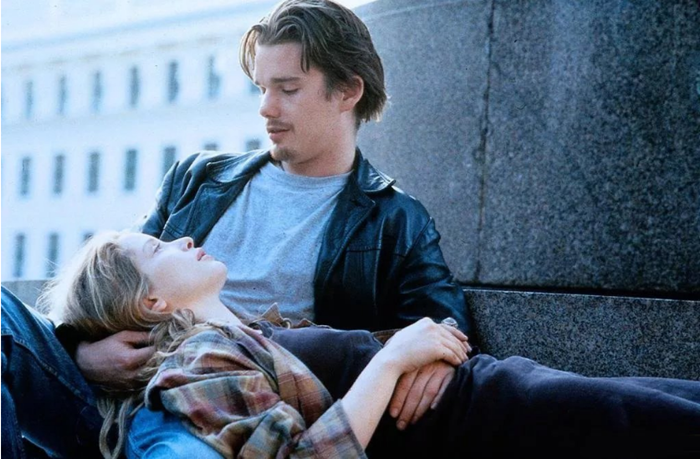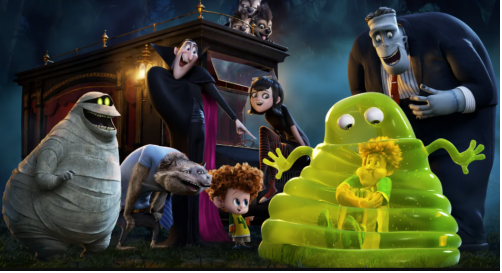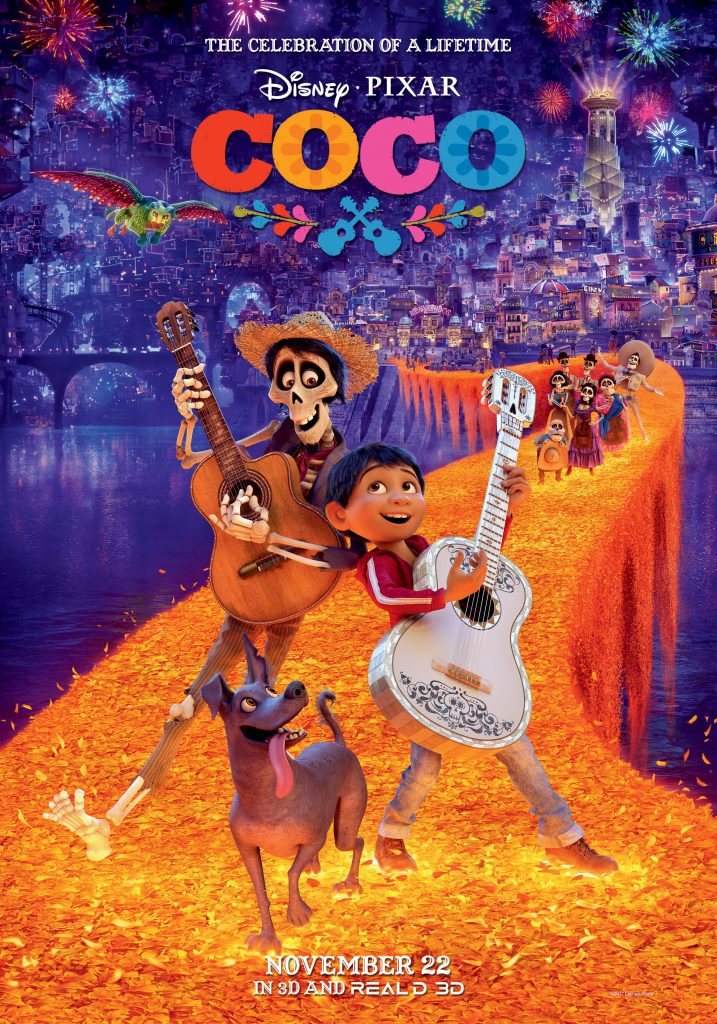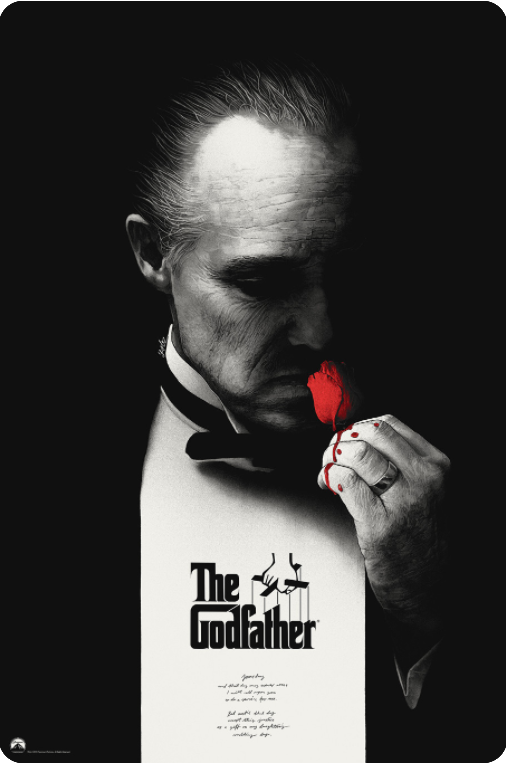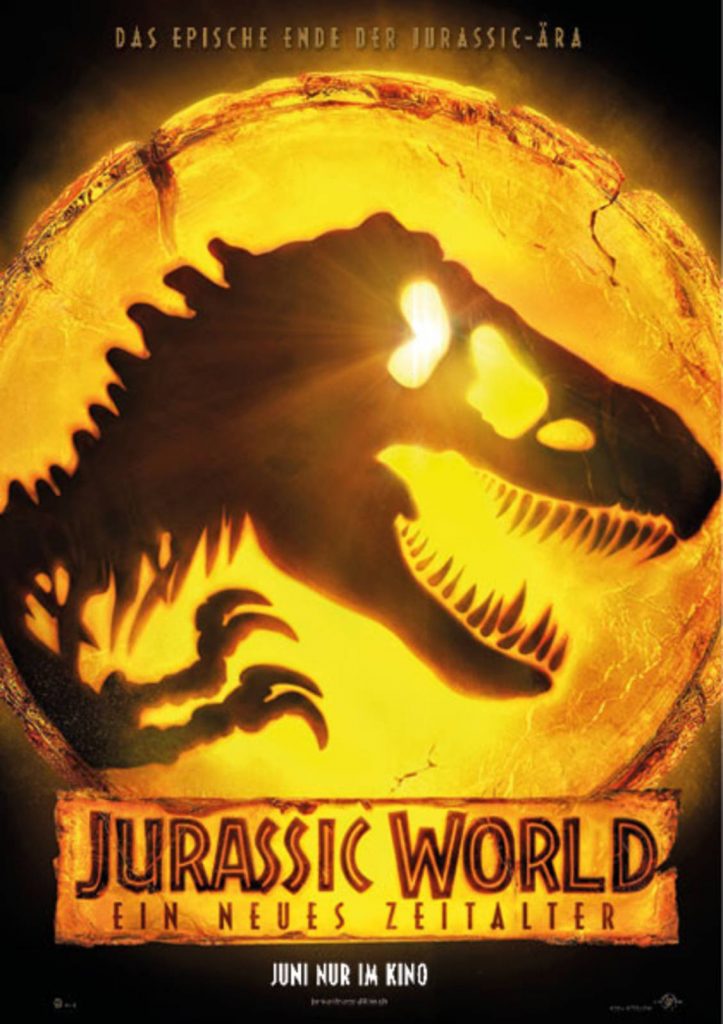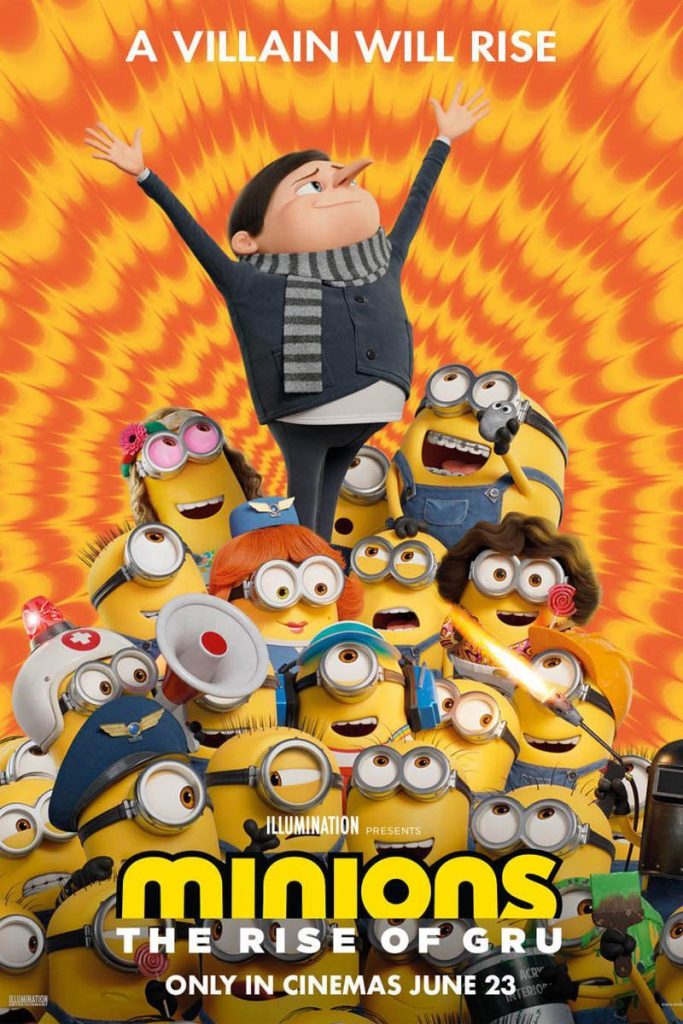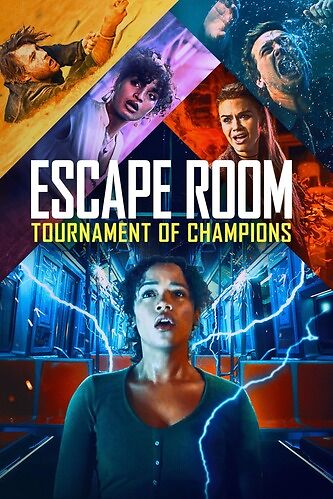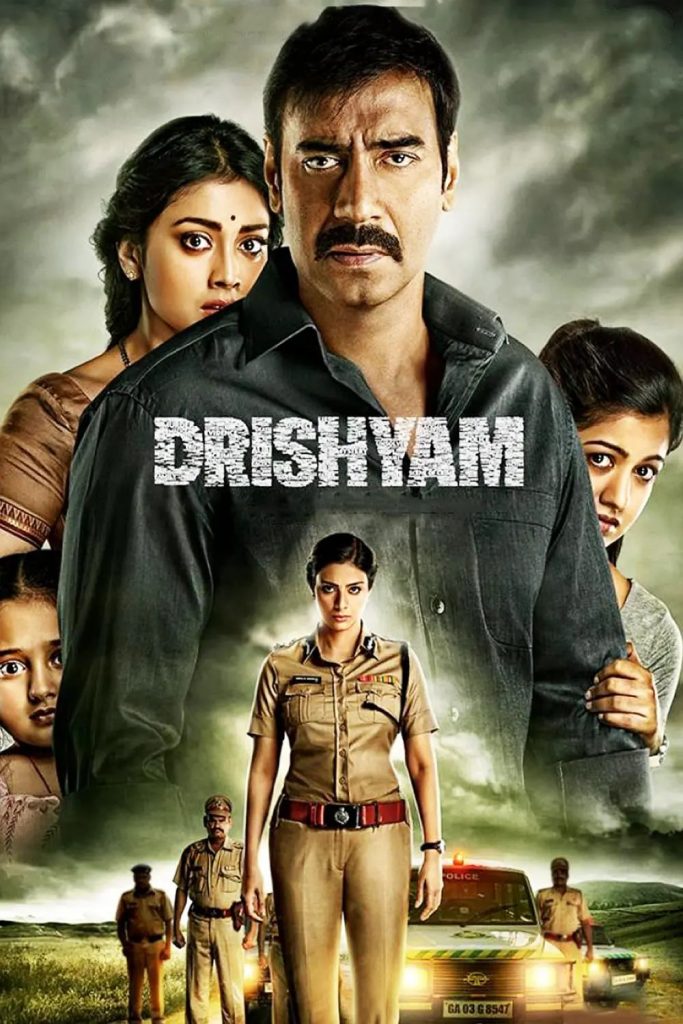Every time June passes, I feel like we’re about to enter the most appetising time of the year, when we can start our long travel plans without being tied down by school or work.
Summer can be a time when everyone’s fantasies are fulfilled and you can put your feet up and trek off into new worlds in the summer heat, whether it’s the people or the scenery of the land, it’s the most unpredictable meanderings of travel.
For young men and women, travelling means more than just seeing the sights and tasting the food, they are more likely to look at each other’s vibrant bodies, the hormonal rush and the right kind of travel can make countless men and women surrender to each other’s hearts the moment they make eye contact.
This wonderful travelling romance appears in Richard Linklider’s Before Midnight, where Jesse and Selena, strangers, fall in love in less than a day in the ultimate romance. The location of this love affair is Vienna and the duration of the relationship is one night, after which they will never see each other again.
The fact that the relationship is limited to one night represents the ultimate interpretation of “love” in the film. No couple wants to be distracted by chores and inescapable obstacles in the process of falling in love, they want a “sterile” incubator where love can blossom.
So Love Before Dawn fulfils this utopian model of love, where two people are only responsible for one night, and only have to expose themselves to each other for one short night. There is no need to consider the difficulties of foreign love, the barriers of cultural customs, or the mediocrity of later marital problems.
As the psychologist Fromm accurately described ‘love’, when two people who are attracted to each other get together, they want to become a ‘love symbiosis’, where their thoughts, feelings and actions are intertwined and they become one person driven by romantic emotions.
This relationship mentality is the reason why Jesse and Selena are still in love with each other after nine years. As Selena often says in the film, I feel like we’re in a dream, but once the dawn comes, reality will set in.
It is this unique relationship environment that has made Before Midnight such a hit with so many young boys and girls.
At the end of the film, this utopian vision of love is brought back to life in a unique visual device, as director Linklater uses a fixed shot to capture the locations the two have passed through overnight.
It is interesting to note that this same technique of using a fixed shot at the end of the film to capture an empty space was also used in Antonioni’s Night, but while Antonioni’s aim was to criticise the coldness and disconnection of modern urban space, Linklater’s intention was to do the opposite, to express the traces of a spring dream of an ideal relationship.
After the release of this love flick in 1995, everyone thought it was just a shooting star with a violin melancholy twist. Nine years later, however, Linklider renewed the love affair with a sequel, Love at Sunset Twilight, which gave Jesse and Selena a romance in a more complicated situation.
This time, however, their situation is very different: they are no longer single teenagers, but two middle-aged men with partners, and Jesse even has two children. So the ‘sterile’ environment of love has changed, and if Vienna is their utopia of love, Paris is their forbidden place of lust.
What was once carefree has become evasive, and what was once genuine has become incoherent. Linklater stitches the theme of ‘travel’ into the different situations of life, and in his ‘Love in Trilogy’, life is travel. That’s why Ethan Hawke and Julie Delpy were brought together nine years later for the sequel to Love Before Dawn, in order to create a sense of uncertainty: “Life is a journey, and I am a pedestrian”.
Nine years later, this sense of limbo returned with the 2013 release of Before Midnight: Jesse and Selena were not only married, but also had twin sisters.
Although the third film is still about the love between Jesse and Selena, the volume of this love is no longer a one-night stand or a secret love affair, but a variety of dimensions.
Rather than a vertical change in love, Linklater uses a horizontal contrast to bring the lovers together at the table to tell their respective perspectives on love.
The young lovers in the internet age have lost faith in love and enjoy the joy of the moment, even if they will eventually break up; the middle-aged couples question love, with all their grievances and helplessness; while the older generation is open-minded and relaxed, as they see a lover as a “passing”, some “passing” as passing by, others as staying forever.
So in Love Before Midnight Falls, love has long been smoothed out by life, and the original utopia of love has disappeared, leaving the rest of the world in a state of flux. But a review of Linklater’s approach reveals a “human truth” in the author’s theory.
The films he makes are in fact a reflection of his life on the screen, the first in his youth, the second in his middle age, and the third in his happiness.
Halfway through the film, Linklater has the couple start walking and talking as in the first and second films, with the camera backing up and following them, framing them in the still familiar image of the weathered uncle and mother. But both in real life and for the lovers in the film, this parody of the first film is destined to be nothing more than an experiment.
As even they themselves lament that it has been a long time since they have had such a carefree chat, Linklater wants to give the couple a chance to see if their love remains fresh, and the audience seems to want to give themselves the expectation that even if the couple is full of chores, once they are free, they can still return to the utopian “sterile room” of love.
But this rather difficult fantasy fails as early as Bergman’s Married Life, in which the only way for a couple to taste the sweetness of love is to cheat on each other in the end.
Linklater doesn’t expose reality as thoroughly as Bergman, but he does let Jesse and Selena have a big fight at the end, spewing all their resentment and discontent as if the so-called love was just a paper lie.
